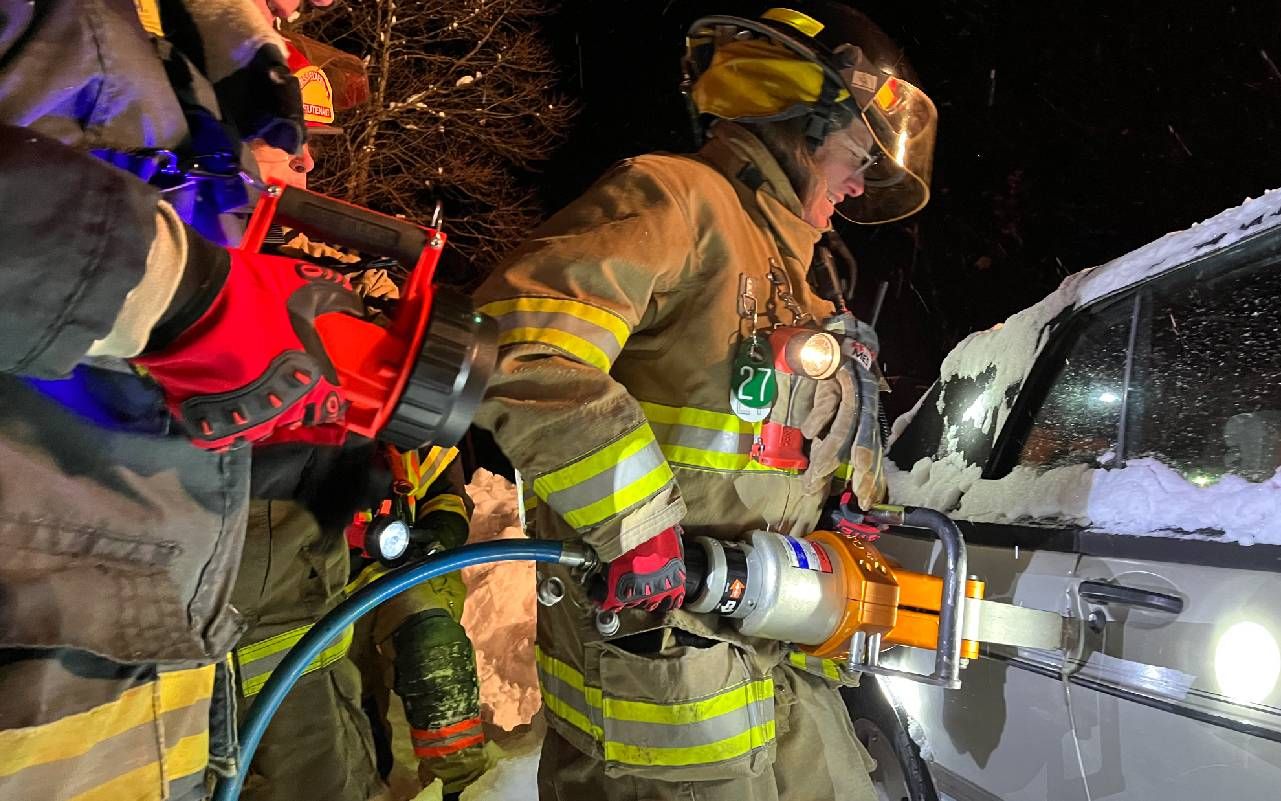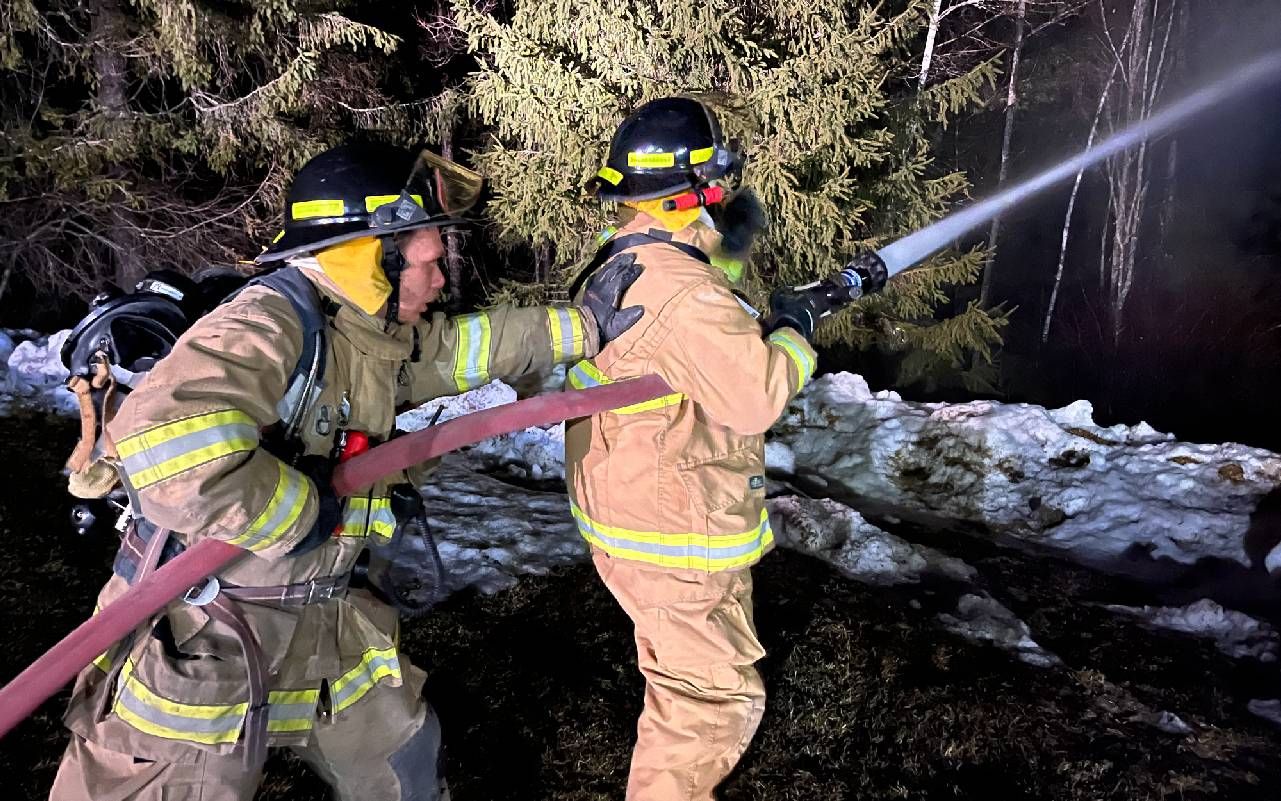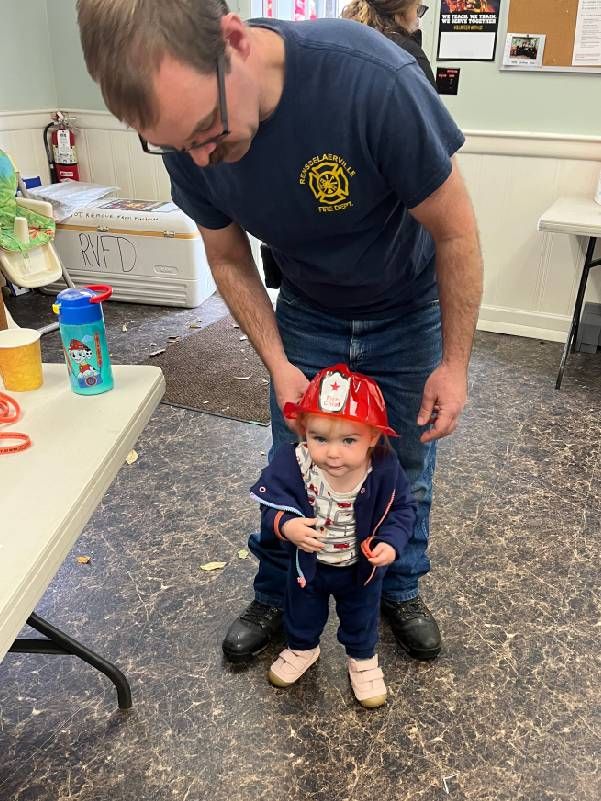New Career After 60: Firefighter? Really?
The world’s oldest probationary firefighter, or probie, explains why he volunteered for the difficult and dangerous job
After more than 40 years as a broadcaster and journalist, I've found a new career. It doesn't pay very well (OK, nothing) but it's one of the most gratifying things I've done with my life. I'm a volunteer firefighter. I ply my new trade in a tiny, very historic hamlet in the northern Catskill Mountains of upstate New York.

As I wrote for Next Avenue three years ago, after I first landed in the region, I'm struck by how desperate rural departments seem to be for members, and further struck by how much these essential services are being carried by gray heads, most younger residents either absent, hamstrung with work and childrearing or just not motivated to this kind of community service.
We Do It Because Someone Must
It's true, the fire service is not for the faint of heart (says the guy who visits a cardiologist twice a year). It's alternately mind-numbing, adrenaline-spiking, broiling, freezing, physically and mentally challenging work. It's also essential that when the siren goes off at the firehouse, people know that someone is coming to help. I feel safe in saying that's mainly why most of us do it.
It's true, the fire service is not for the faint of heart
Case in point: One of my most terrifying moments was not at a fire, per se. We were "toned out" (modern fire service parlance for being summoned by an alarm) and initially two of us showed up at the firehouse. Two — neither yet qualified to drive the engines or operate the pumps.
With no officers, no drivers and no pump engineers, two guys certified for exterior firefighting-only kind of stood there, half dressed, wondering what to do next. Fortunately, some better-qualified members began filtering in and we got rolling on a mutual aid call to a neighboring town, where we sat in a queue of fire apparatus until eventually told to stand down and return to quarters. But the thought of how that might've turned out differently still haunts me. It's why mutual aid agreements are so critical in rural firefighting.

And yeah, that "stand-down" part happens a lot. But let's face it: is there anything more fun than riding in a fire engine, hitting that floor button that emits the BLAAT that announces you as the alpha vehicle on the road? Haven't I dreamed of that since I was six years old?
No more riding the running boards, however. Everybody has to be strapped in before we roll. It's the wise and prudent thing, of course, but doesn't entirely square with my childhood fantasy.
I also found that moving to a new place, almost perfectly timed to a three-year pandemic, can be pretty isolating. The local fire company isn't bashful about recruiting newcomers and so after about 18 months, I caved in and signed up, partly as a way to get engaged with my new community. It worked.
The Over-the-Hill Gang
And I'm not alone. Joining me on this odyssey are two other relative newcomers to town, Dianna Weaver, 54, and her husband Jim, 57. Dianna confesses that she kind of dragged Jim into it. "He was kind of like, 'Mmm, I don't wanna do that,'" she laughs. "But I'm used to volunteering and doing something within a community. It's what I've always done."
Dianna grew up without realizing that volunteers staffed the fire company in her Ohio hometown. In fact, volunteers comprise some or all of the staffs of more than 85% of fire companies across the U.S., according to an estimate by the National Volunteer Fire Council.
It seems they serve a largely complacent public. Firefighters Association of the State of New York estimates that the number of volunteer firefighters in New York state has shrunk from 120,000 to 80,000 over the past two decades.

So people like the Weavers play an increasingly vital role, especially in small rural communities where the recruitment pool is limited. "I went to the first meeting by myself," Dianna recalls, "and I think Jim felt left out, so then he jumped on board. He's like, 'Well, you can't go do that without me. That's not fair.'"
But it was also daunting for her, being both new and one of only a handful of female members. "I did feel intimidated at first. I felt like all eyes were on me, like, who's this woman? And I still do off and on a little bit. I am feeling more settled though."
Dianna has proven her toughness. You should see her go after a car door with the "Jaws of Life."
Why Do Firemen Wear Red Suspenders?
The answer, as we all learned in grade school, is, "To keep their pants up." After a half-century or so of thinking this was just a joke, it turns out to be literally true for the 60-plus firefighter. In addition to the heavy black suspenders that hold up my turnout trousers, I've discovered that I also need suspenders on my street pants, underneath. Otherwise they end up around my lower thighs, which makes performing basic tasks like climbing in and out of the engine awkward, to say the least.
I'll admit it. When the dark of evening descends – especially in the dead of winter – and my steam starts running low, I'll glare at the pager on the kitchen counter and think, "Don't you dare." Of course, it often does. Dragging myself off a cushy sofa or out of a warm bed is one of the most daunting aspects of the job.
Chances are it's another false alarm. But it could be a neighbor's home burning down around them or someone trapped in their car after rolling it over on one of our serpentine county roads. That's the motivator.

At this age, setting boundaries is crucial. I've discovered my own limits and I have to respect them. So do my colleagues in the company. If I don't make a call, nobody asks why and nobody ever will. It seems to be an unwritten code, at least in my company. All you do is all that's expected.
But there is always an undercurrent of peer pressure to advance, gather more skills, more certifications. (My fellow firefighters tend to prefer working with people who know what they're doing.)
That's why last fall, at the tender age of 67, I decided to take the plunge and go for state certification as an exterior firefighter, even though it meant three months in a sort of fire service boot camp.
Stay tuned for those adventures, coming up in "Over-the-Hill Firefighter: the Sequel," coming to a screen near you.

Read More

